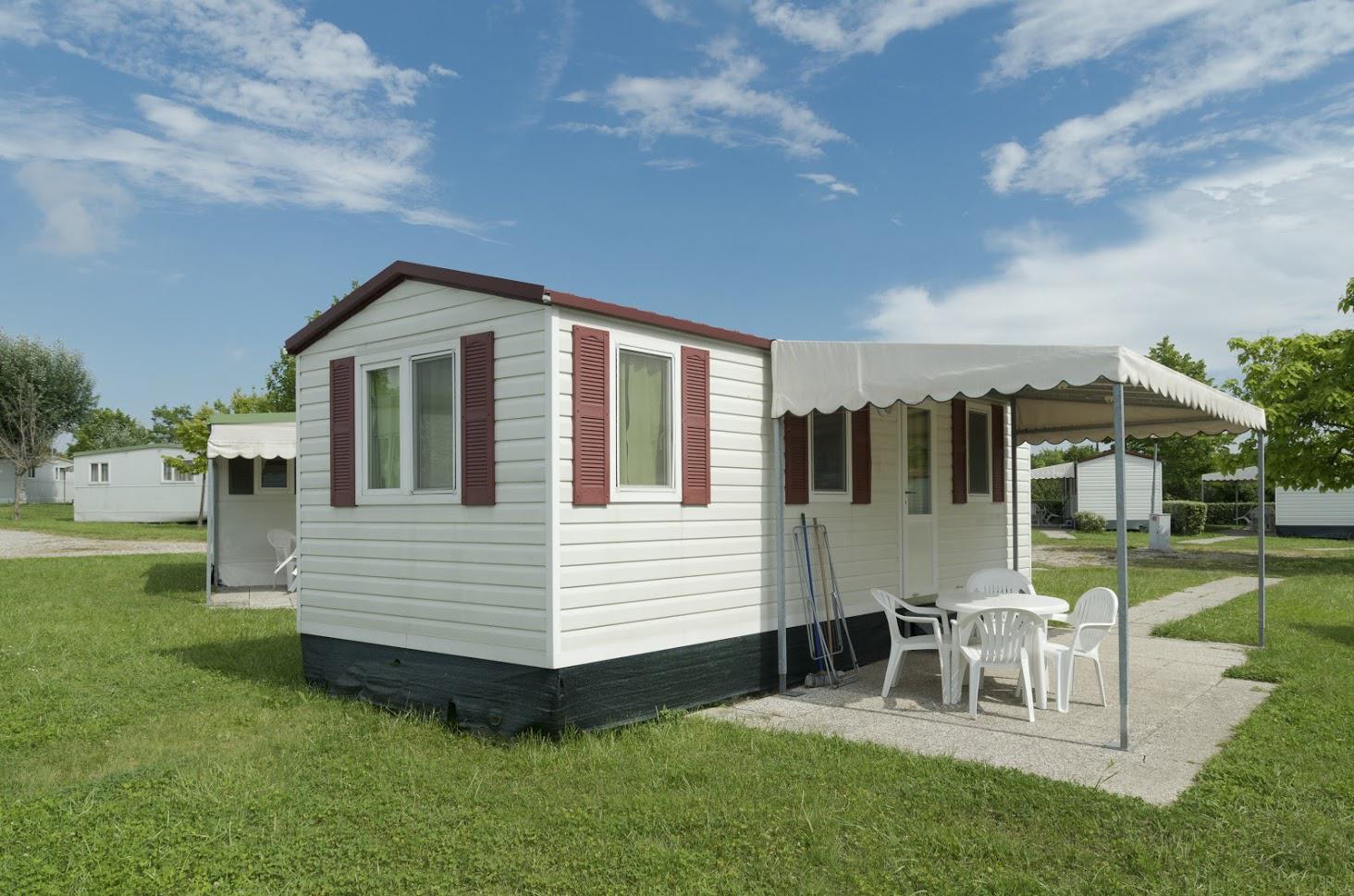Tips for Choosing the Right Awnings for Your Home
Awnings attach to doors, walls, patios, decks, and windows to protect a house from the sun, rain, snow, and wind. During summer, awnings provide shade for outdoor spaces and ensure you are comfortable as you spend time with your family on the deck or patio. Moreover, they protect your outdoor flooring, furniture, and carpets from sun damage. Awnings also enhance the curb appeal of your house.
But how do you select the right awnings for your home? This guide provides you with tips on different awning factors for choosing a suitable awning for your home.
Material
Awnings are made of different materials, including vinyl, fiberglass, and natural materials, such as wood and natural fiber. Metal and alloys such as aluminum and steel are also used to make awnings.
Since these materials work differently and suit different settings, you need to consult professionals to identify the material suitable for your home. For instance, metallic materials often last longer than fabric ones, but they need more maintenance, especially after they get dents or dirty.
Awning Type
Retractable and stationary types of awnings are the most common options. Retractable types can be rolled up at the touch of a button, which gives you more control and guaranteed comfort. When you want more light, you can put it up, and when it gets too sunny, you can bring it down to cover the space.
You can also find modern that have sensors for sun or wind and can roll up or down automatically. They are the best options for patios, decks, or doors. Some homeowners also use them on windows, but most people use conventional awnings for windows.
Stationary awnings are more permanent, and they are usually the best option for windows. Since they are more resistant to extreme weather, you won't have to replace them frequently.
Color
You should select an awning color that complements your home interior and exterior paint. However, you should also consider your region's weather conditions. If you live in a hot area, choose light-colored awnings that reflect sunlight. Light colors don't absorb sunlight, and this helps control the temperature of your outdoor living space.
Angle
The installation angle of an awning determines its efficiency. The angle determines the awning's ability to block sun or rain from entering your house or patio.
Remember that you should not use one angle for all your awnings. For example, windows that directly face east or west need awnings that can bend up to 65–70 degrees.
An angle of 45 degrees is ideal for awnings on the door, deck, patio, and windows that face south. At 45 degrees, an awning can usually block enough sun during summer and allow sunlight in during winter.
Style
Examples of awnings styles are standard-shaped, dome, gable, quarter, elongated, and open- and closed-sided options. You should assess each of the options and choose one based on your preference. Also, you can customize your awnings to suit your home's needs. With all these styles on the market, you might need to get professional help from an architect or designer to choose one that works for your home design.
Size
The right size for your awnings depends on the space you want to cover. For example, large windows need big awnings that will offer enough protection. Moreover, if your outdoor space is small and has a few furniture pieces, you might not need a large shelter.
Our company offers a wide array of awnings to suit different outdoor spaces, and our team of specialists to help you find the most suitable one for your home. We also offer porch enclosures, solar screens, and patio canopies and cabanas. If you want to install awnings in your home,
contact us right away.
122 Eisenhower Ct., Nicholasville, KY 40356
- Mon - Fri
- -
- Sat - Sun
- Closed






